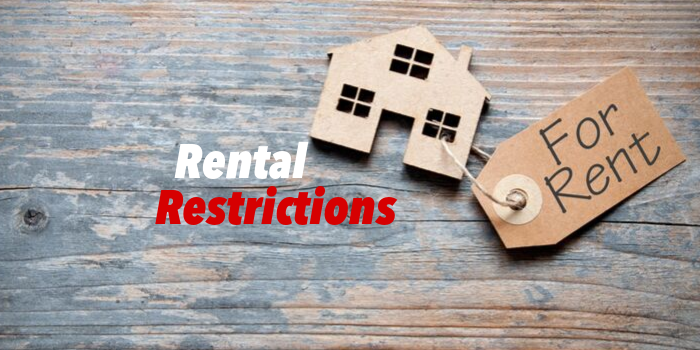Although a person owns their home and can do (more or less) what they want with the inside, if they live in an HOA, the association can actually place limits on the homeowner’s ability to rent their home. Though it may seem that such limits are restrictive, they actually serve to protect the integrity of the community. The main function of placing limits on rentals within the community is to maintain community standards and keep property values high.
Other reasons that HOAs limit rentals are:
- To keep liability insurance rates low.
- To ensure that lenders will fund new home purchases. Lenders are weary to lend for new purchases if there are a high number of rentals within a community; this is often a problem with condominium projects.
- To promote neighborhood stability and community by deterring frequent resident turnover.
- Renters may not follow the rules or care as much about upkeep or maintenance standards, leading to compliance violations.
There are two significant ways in which an HOA can limit home rentals within the community: caps and lease restrictions:
- Caps limit the total percentage of homes in the community that can be rented at any given time.
- Lease restrictions establish provisions which must be included within any lease agreement; things such as establishing a minimum lease period and/or mandating a renter’s compliance with community standards.
Some associations reserve the right to screen prospective tenants; however, laws regarding these policies vary from state-to-state, with some states expressly forbidding any sort of approval process.
Bear in mind that tenant screening should be exercised with extreme caution. The Fair Housing Act forbids discrimination based upon race, color, religion, sex, familial status, national origin, or disability. Any HOA should ensure that any screening process is completely neutral and does not single out any protected class.
Before renting out property, owners need to know that they will be held responsible for any and all improper actions of their tenants. Since the tenant of a rental property is not a member of the HOA, the association’s board cannot enforce the rental restrictions against the tenant. Generally, the board cannot evict the tenant of a non-compliant member. The board must direct all rule enforcements toward the property owner. Enforcement efforts can include fines, lawsuits, or any other disciplinary actions as outlined in the community’s governing documents.
All rental restrictions must be officially adopted and recorded in the CC&Rs for the community, and all residents need to be provided access to the official documents. Complications can arise when a new community resident does not receive notice of the community’s rental restrictions. Laws regarding home rentals within an HOA community, and laws regarding tenant screening vary widely from state-to-state, so be sure to become informed regarding the laws in your area.
For more help regarding rental restrictions in your community, contact the HOA property management experts at SpectrumAM and see what makes us refreshingly different.







